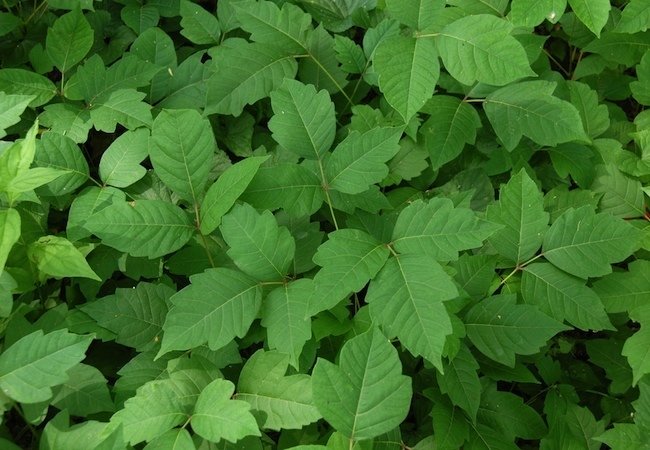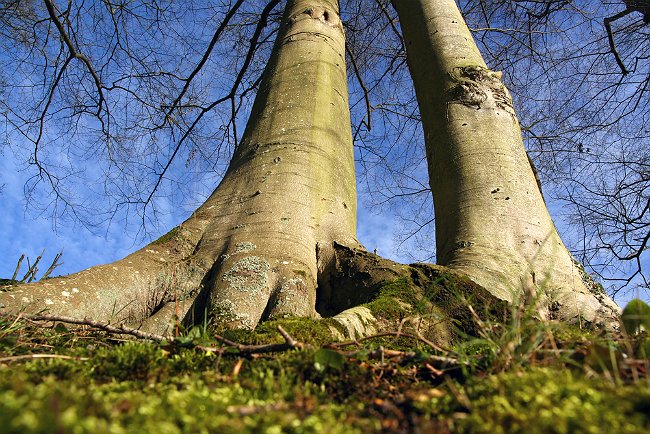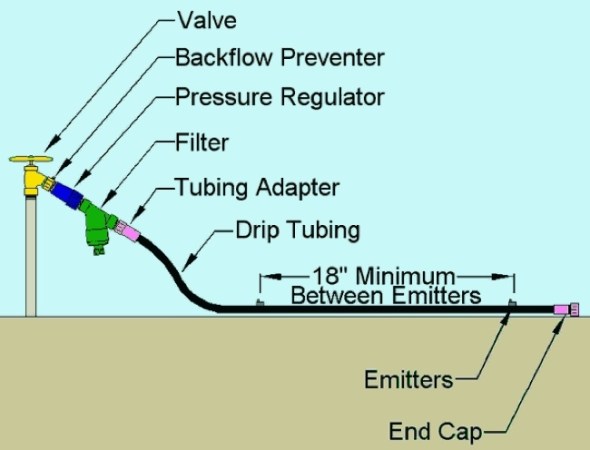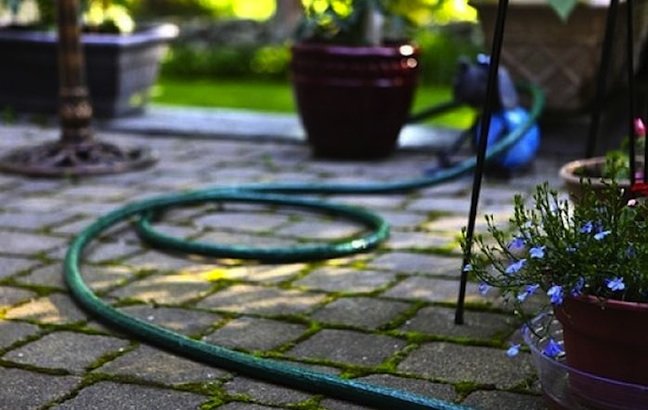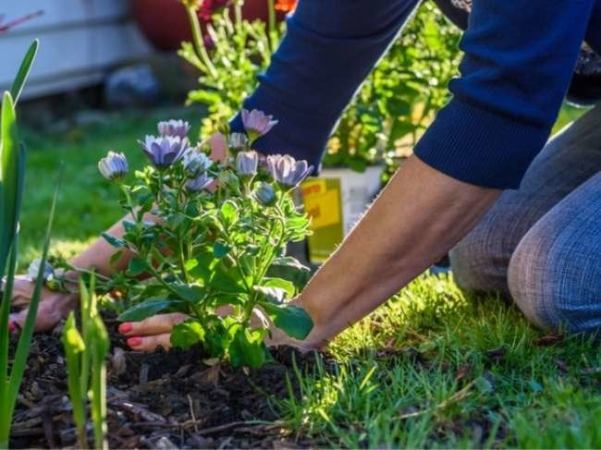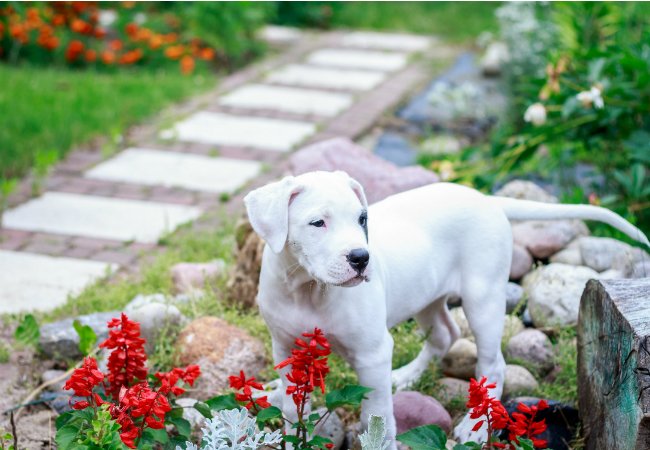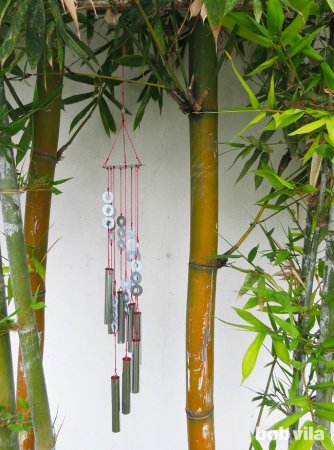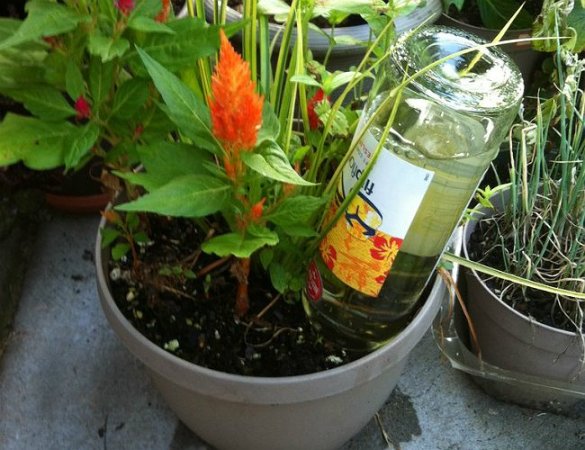We may earn revenue from the products available on this page and participate in affiliate programs. Learn More ›
Homeowners know too well that not all greenery contributes to the beauty of a garden. Weeds, for instance, are a chief nuisance, and the meticulous among us have spent countless weekend hours picking dandelions, nettle, and thistle out of the ground. But even in their multitudes, weeds are more or less benign when compared to the itchy threat posed by poison ivy.
If you spot these vine-like plants, with their telltale trio of pointed leaves, you can resign yourself to the inevitability of suffering a painful red rash—or you can take action. We highly recommend the latter! Read on to learn three different ways to get rid of poison ivy.
Remove Poison Ivy with Chemical Herbicide
Upon realizing there’s poison ivy growing on their property, most people enlist a store-bought herbicide. Before purchasing any, double-check that the product in question contains either glyphosate or triclopyr (view example on Amazon). Note that both of these chemicals kill most other plants in addition to poison ivy, you may wish to use an alternative method, depending on whether or not the poison ivy abuts plant material you would like to keep alive.)
Closely following the product directions, fill up a spray bottle with the herbicide and apply it directly to the leaves of the poison ivy.
Remember: Herbicide is potent stuff, so be careful where you’re spraying. If, for instance, the poison ivy is climbing up the trunk of a tree, take pains not to get any herbicide on the tree bark. Instead, dab a bit of herbicide directly onto the individual leaves of the poison ivy plant. Once you’ve finished treating the area, monitor it on and off for the next couple of weeks, reapplying if and when the poison ivy reemerges.
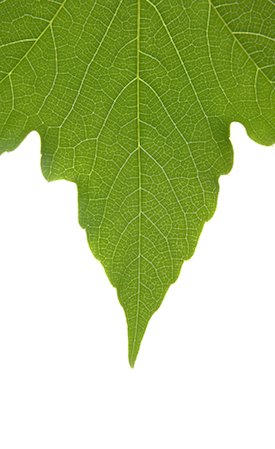
Remove Poison Ivy with a Natural Solution
If you steer clear of commercial herbicides because of the chemicals they contain, experiment with an organic approach. You need not look any farther than your kitchen pantry for an active ingredient. It turns out that salt, in high enough concentrations, works to kill most unwanted plants, including poison ivy. But you can’t simply sprinkle it around.
- Create a saline solution by mixing three pounds of salt, a gallon of water, and a quarter-cup of dish soap.
- Fill a spray bottle with your homemade herbicide and apply it directly to the poison ivy leaves. Do so on a clear day, allowing the salt the opportunity to do its job before rain washes it away.
- Check back occasionally and continue to re-apply the herbicide until the poison ivy no longer returns.
Be careful not to spray the herbicide onto neighboring plants, unless you’re willing to bid them farewell.
Remove Poison Ivy by the Roots
The least hands-off method is perhaps the most effective way to get rid of poison ivy. Provided you own a good pair of work gloves (and a set of full-sleeve clothing), the answer to your problem can be as simple as digging up the poison ivy with a garden trowel.
- To remove all the roots, be sure to excavate each plant to a depth of around eight inches.
- Take extra care in outfitting yourself for the task. It’s not a bad idea to go so far as using duct tape to seal the seam between your gloves and shirtsleeves (and between your pants and socks).
Whatever method you choose, fully getting rid of poison ivy requires patience and persistence. If a plant reemerges, keep at it with your chosen method, always being careful to keep your skin protected as you work.

